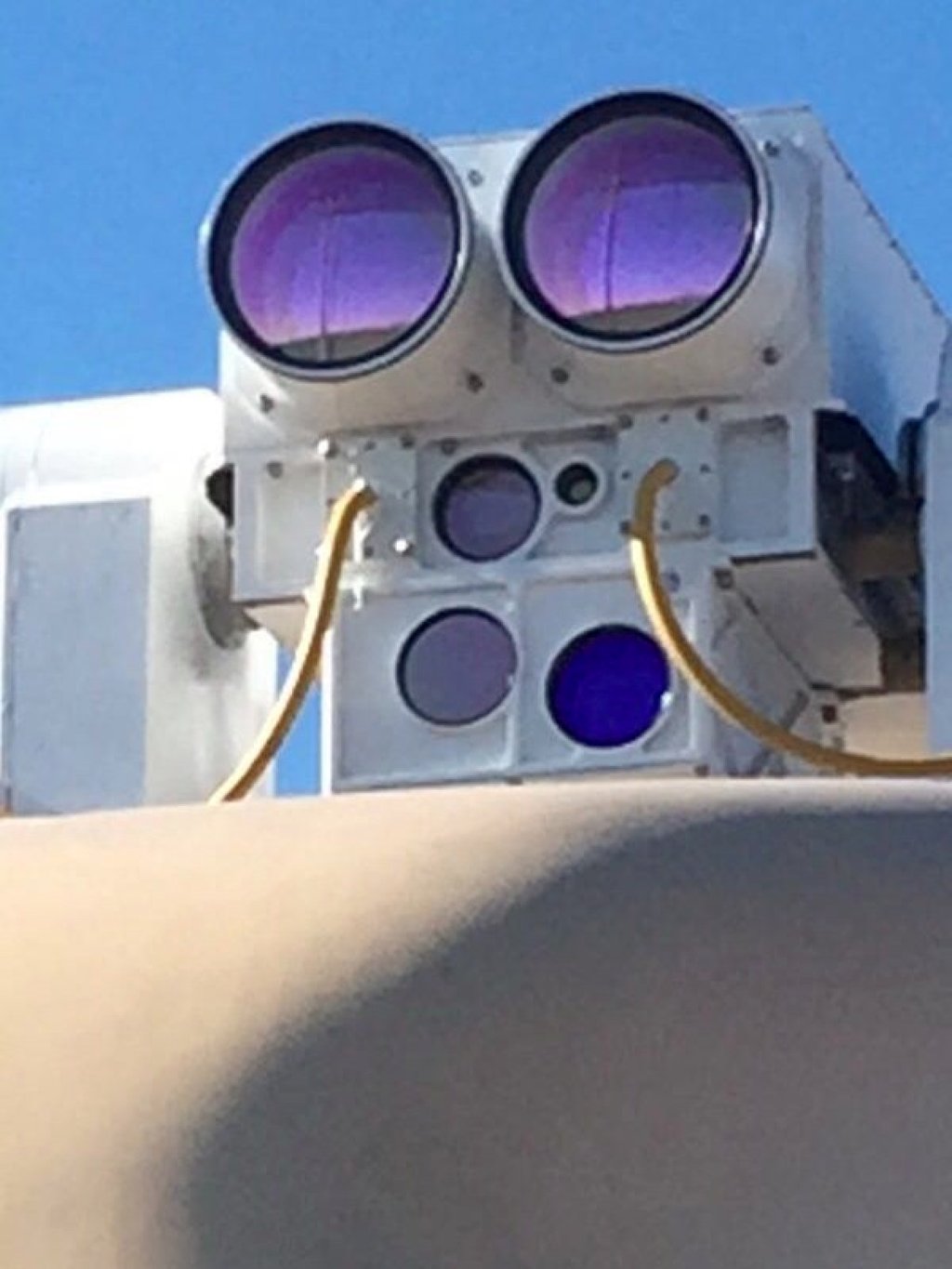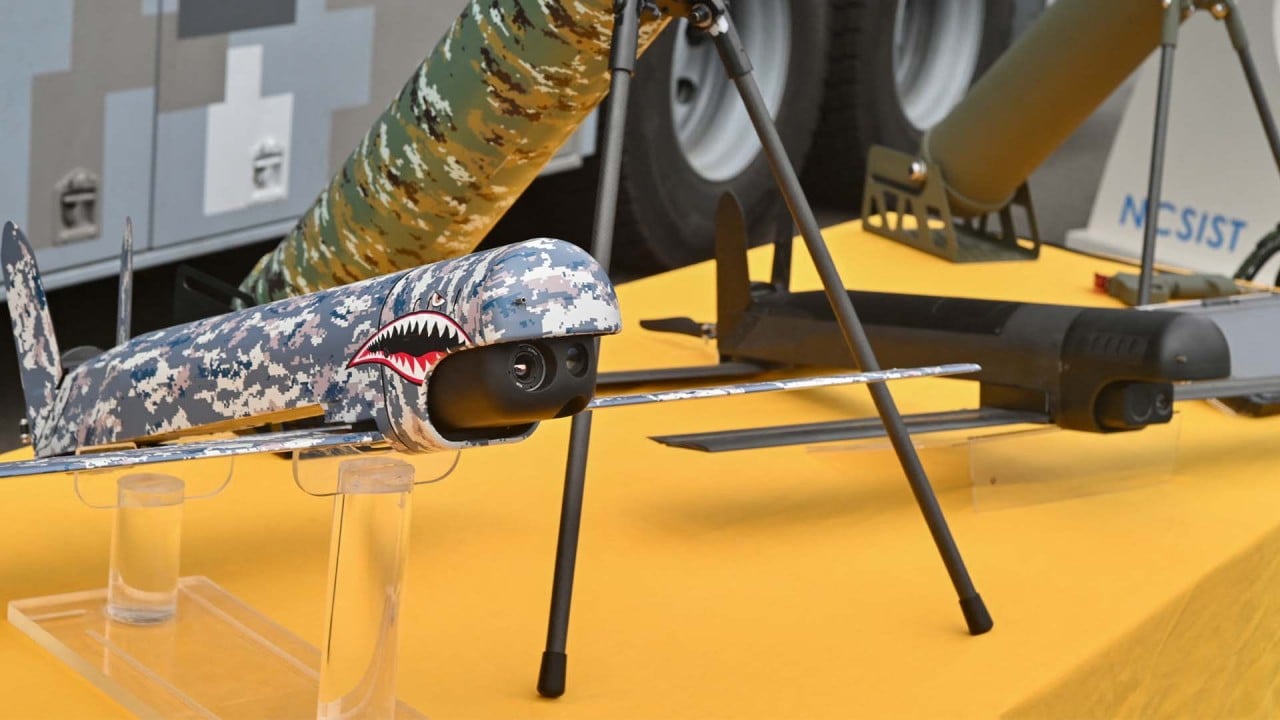China’s military and private manufacturers have been urged to ramp up efforts to produce anti-drone weapons after seeing how effective they have been in the Ukraine war.
The People’s Liberation Army has been watching closely how the technology has been employed on the battlefield, and has been testing its own capabilities in regular exercises.
The official military newspaper, The PLA Daily, has reported on some of these drills, the most recent being carried out in Kunming, the capital of Yunnan province.
Another article in May highlighted some of the technology being studied, including Britain’s DragonFire, a high-powered laser weapon that was successfully tested in January.
The military has also published regular articles about the use of the technology in conflicts such as Ukraine and Gaza.
One article in June argued that “through the study of local wars in recent years, it is found that foreign militaries usually adopt detection, electronic jamming … and other means to implement anti-UAV [unmanned aerial vehicle] operations, and often achieve good results”.
It went on to call for the building of “smarter and higher-efficiency” anti-drones systems for the Chinese military.
Earlier this year, Globe Weekly, a magazine published by China’s state news agency Xinhua, said in an article about Israel’s air defences, that “whichever side can effectively counter the other side’s use of drones can better seize the initiative on the battlefield”.

According to a report by the Pentagon last year, the PLA’s air defence unit concentrated on improving its tactical air defences against low-flying and suicide drones in 2022.
Drones have played a key part in the war in Ukraine, with both sides using them for reconnaissance and attacks on enemy troops.
But counter drone systems – whether they involve the use of missiles or jamming – are just as important on the battlefield.
The technology could also prove vital in any conflict in the Taiwan Strait, where the United States has threatened to deploy thousands of drones if mainland forces attack the island.
Admiral Samuel Paparo, the new head of the US Indo-Pacific Command, told the Washington Post in July the US had plans to create an “unmanned hellscape” in such an event.
Meanwhile, the Taiwanese authorities are developing their own anti-drone defences, budgeting NT$4.98 billion (US$156 million) this year to spend on the technology.
On the Chinese mainland, there is a thriving domestic market for the technology.
One employee at Jindowin, a firm in Nanjing that specialises in anti-drone technology, said the market was “booming”, and Russia’s war against Ukraine had been the turning point for domestic producers.
“Our business is impacted by international situations, such as the Russia-Ukraine war during which drones have been widely used. Our country’s drones are amazing, and once there is a spear, there must be a shield,” they said.
China has been steadily tightening restrictions on exports of drone technology that has military uses following repeated Western accusations it is tacitly supporting Russia’s war effort.
But the Jindowin worker said the company had no overseas market and its products were mostly used for domestic security.

China imposed some of the strictest bans on civilian drones around the time of political events of various levels and there is strong domestic demand for drones to be used on such occasions.
The employee also said the country’s economic system gave it an advantage by providing all elements of the supply chain, which helped to reduce costs and produce “high-quality and low-price products”.




